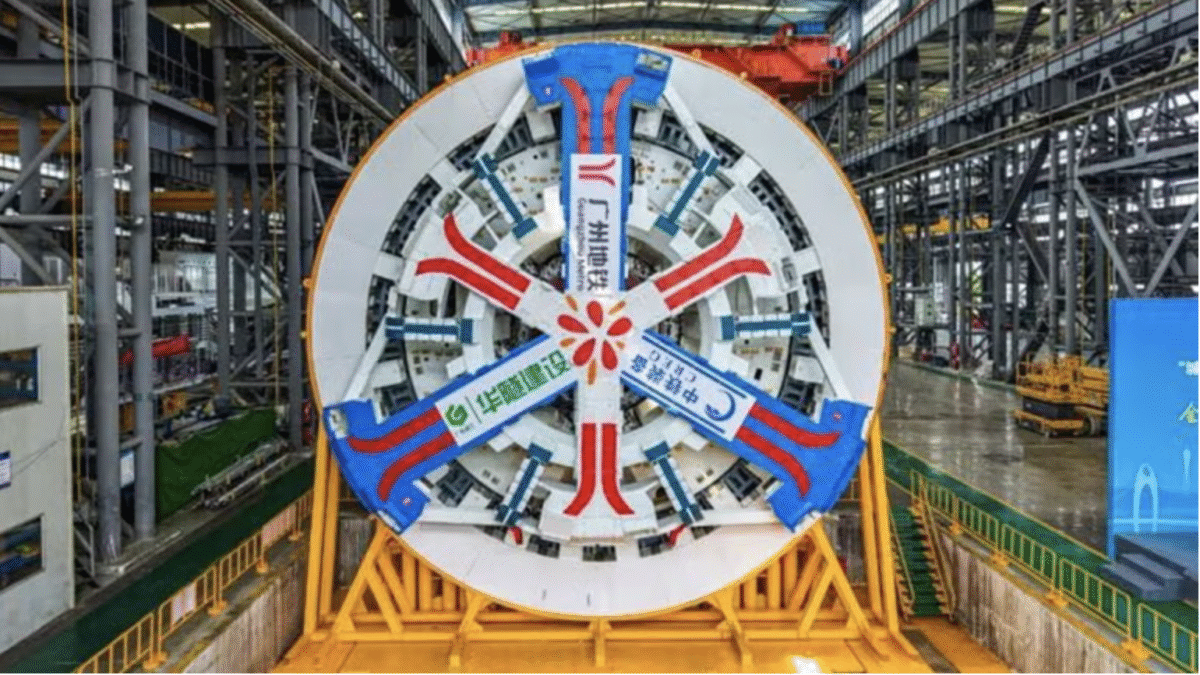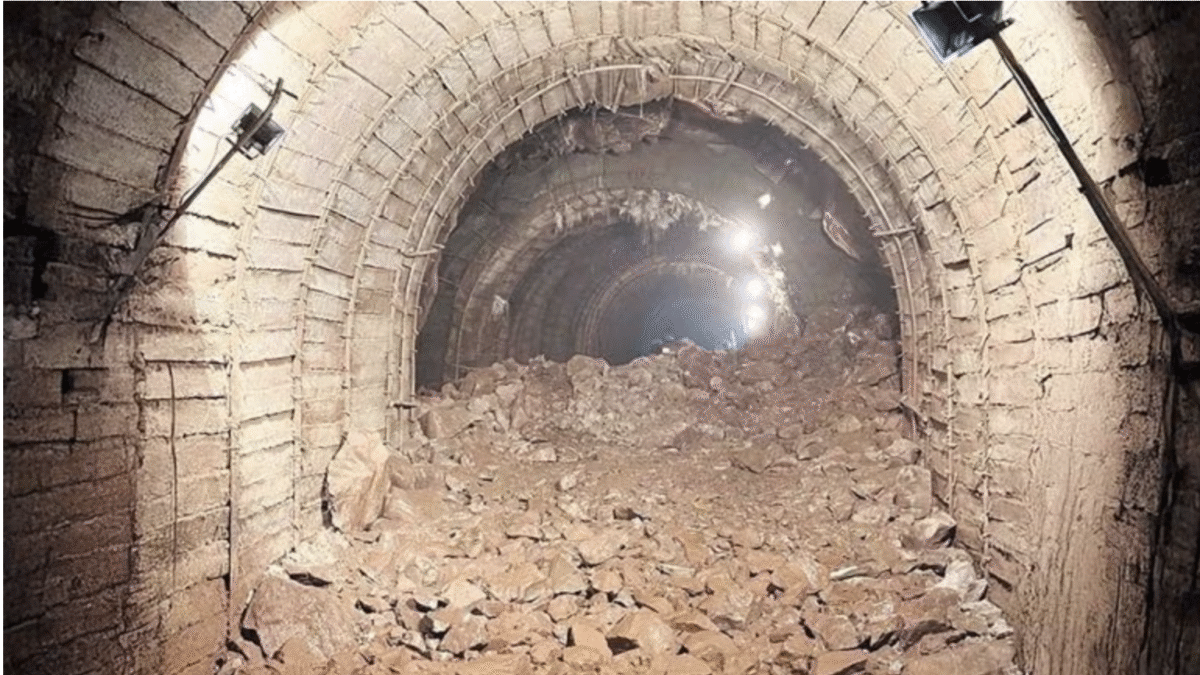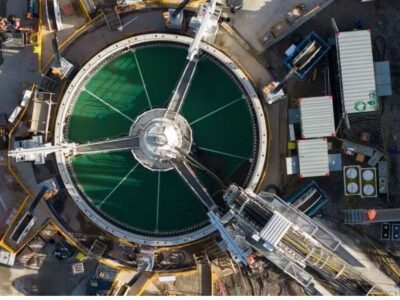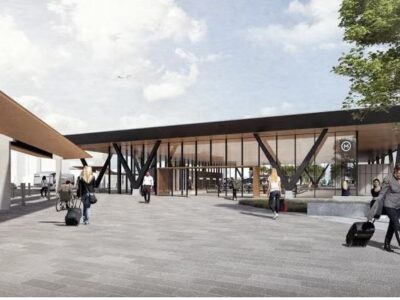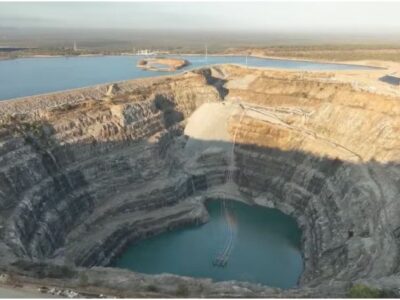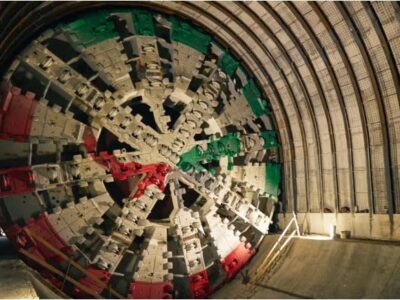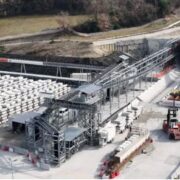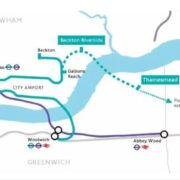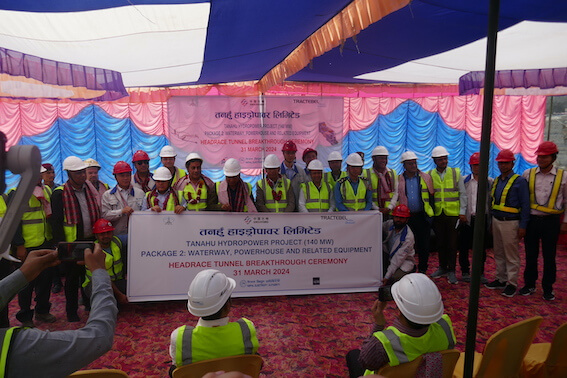
Following completion of 50% of works on the Tanahu hydropower project in Nepal, a significant breakthrough has been achieved on the headrace tunnel.
Carrying water from the reservoir to the two-turbine underground power station, this tunnel is 1.4km long.
In December 2018, the first of the three construction packages (headworks, waterways, power plant, hydromechanical works, and the 33km transmission line) was commenced, while the scheduled date for launching this project is 2026.
Being located on the Seti River, that is almost 150km west of Kathmandu, the Tanahu hydropower project is estimated to produce around 1.1 terawatt hours (TWh) of energy, with an initial output of 586 gigawatt hours (GWh) expected within the first decade.
The responsibility of preparing the tender documents, tender evaluation, construction supervision, design checking, as well as advisory services during project operation and maintenance, is up to contractor Tractebel, in collaboration with Canada’s Manitoba Hydro International.
According to Tractebel senior engineering geologist Renos Christakis: “Because the headrace tunnel was the only waterway between the reservoir and the underground powerhouse, resilience and serviceability were vital for the lifetime of the project. For the last 29 months, the contractor’s designer, its engineering geologists and hundreds of workers, with the support and technical input of Tractebel and in particular its geologists, worked together and managed to excavate a large-span underground structure through challenging rock mass conditions; conditions that required excellent co-operation, mutual understanding, real-time support optimization techniques, diligent monitoring and above all, engineering integrity.”



